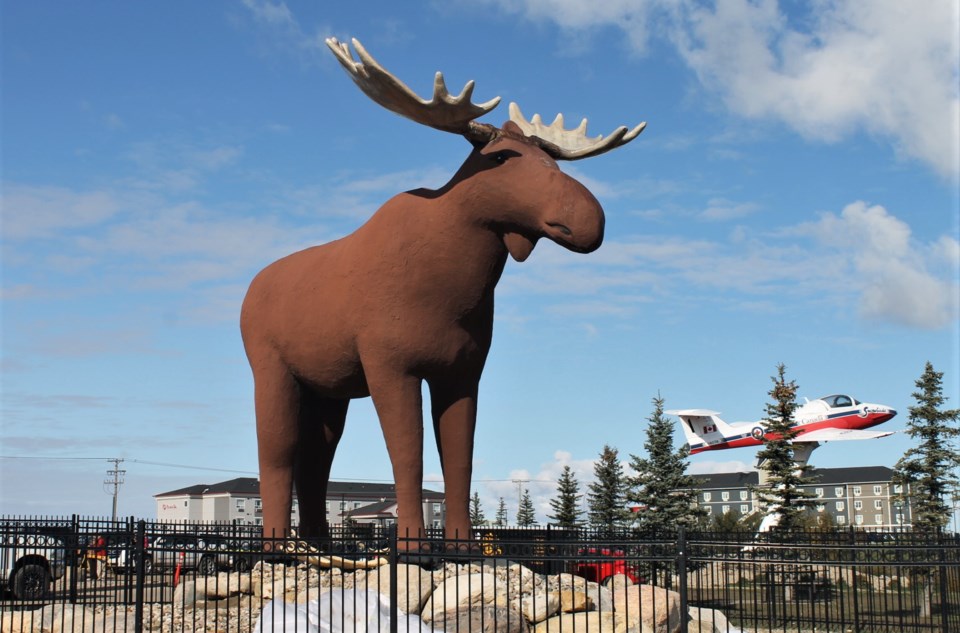Moose Jaw and North Battleford were the only two cities in Saskatchewan to see growth in home sales in January, while the number of sales was also higher than the 10-year average.
There were 24 home sales last month in The Friendly City, an increase from 16 units — or 33 per cent — in January 2022, data from the Saskatchewan Realtors Association (SRA) shows.
The number of homes sold was the only bright spot in the data, considering Moose Jaw saw negative growth in the number of new listings, inventory, months of supply and average home price.
There were 37 new listings in January, a decline from 51 units — or 38 per cent — last January. Meanwhile, inventory levels slipped to 111 units, a decline from 132 — or 19 per cent — the year before.
There were 4.63 months of supply last month, a decline from 6.43 months — a 39-per-cent drop — in January 2022, the report said. Meanwhile, homes stayed on the market for 72 days.
The benchmark price of a home was $221,400, a year-over-year increase of two per cent, while the average home price was $189,679, a year-over-year decline of 20 per cent.
“Benchmark price reflects the price of a typical or average home for a specific location. Average and median prices are easily swayed by what sold in that time frame,” the SRA explained. “As a benchmark price is based on a typical home, price changes more accurately represent true price changes in the market as it is an apples-to-apples comparison.”
The 10-year average for January shows there are usually 24 homes sold, 67 new listings, 209 units in inventory, 9.23 months of supply, 71 days for homes on the market, a benchmark price of $220,580 and an average price of $218,638.
Provincial outlook
Pullbacks in the attached and detached sectors resulted in 631 sales recorded across the province in January, a year-over-year decline of nearly 16 per cent, SRA said. While January sales were lower than the activity reported during the past two years, sales remained consistent with pre-pandemic levels.
Despite new listings increasing by 1.1 per cent to 1,381 units, January inventory levels were at their lowest levels reported over a decade, at 5,224 homes. This was a 10-year decline of 27.5 per cent. While inventories improved in homes priced above $300,000, it had little effect on the low inventory situation that continued to occur across the province.
Meanwhile, there were 8.28 months of supply in January, a year-over-year increase of 13.7 per cent.
“Rising lending rates paired with ongoing inflationary pressures are impacting what individuals can afford, and our market has struggled to see improvements in supply levels in lower-priced homes,” said CEO Chris Guérette.
“Prospective buyers impacted by rate hikes are also faced with less choice in the more affordable segment of our market. Without question, these factors are contributing to a pullback in sales activity.”
Following two consecutive years of price growth, the total residential benchmark price remained relatively stable in January at $317,400. However, apartment condominiums reported further gains in benchmark prices due to rising demand, relative to supply, in apartment-style products.
“As our market continues to return to pre-pandemic sales levels, it’s important to remember that we typically see fewer transactions occur in January,” added Guérette. “As higher commodity prices and a strong agricultural sector continue to support our economy, Saskatchewan remains resilient and well-positioned for stable demand in home ownership.”




